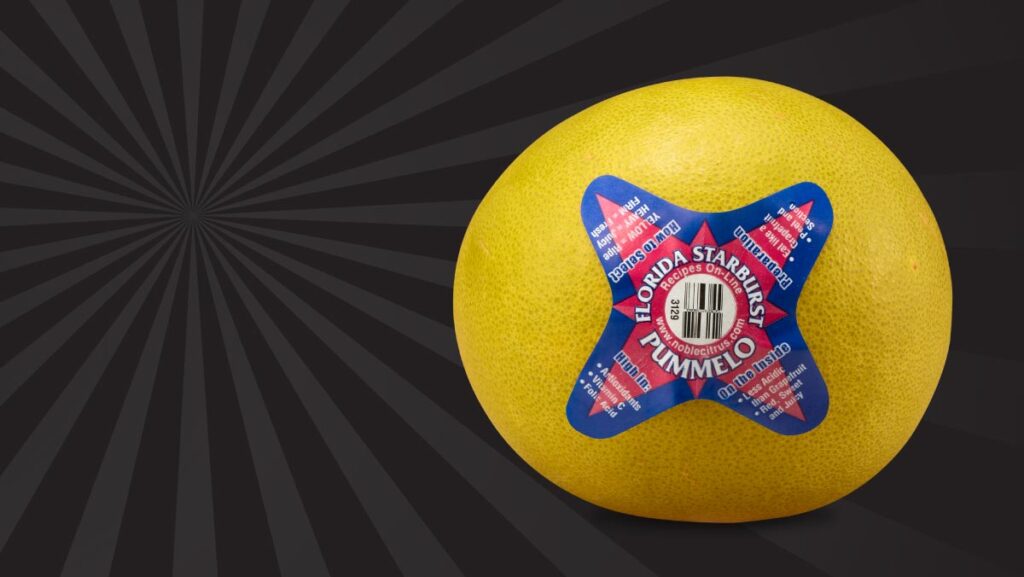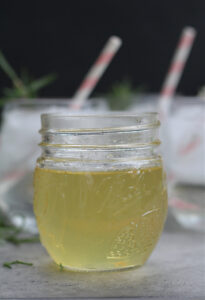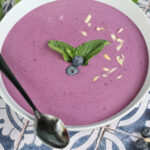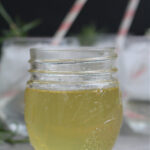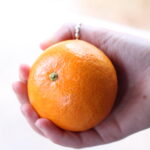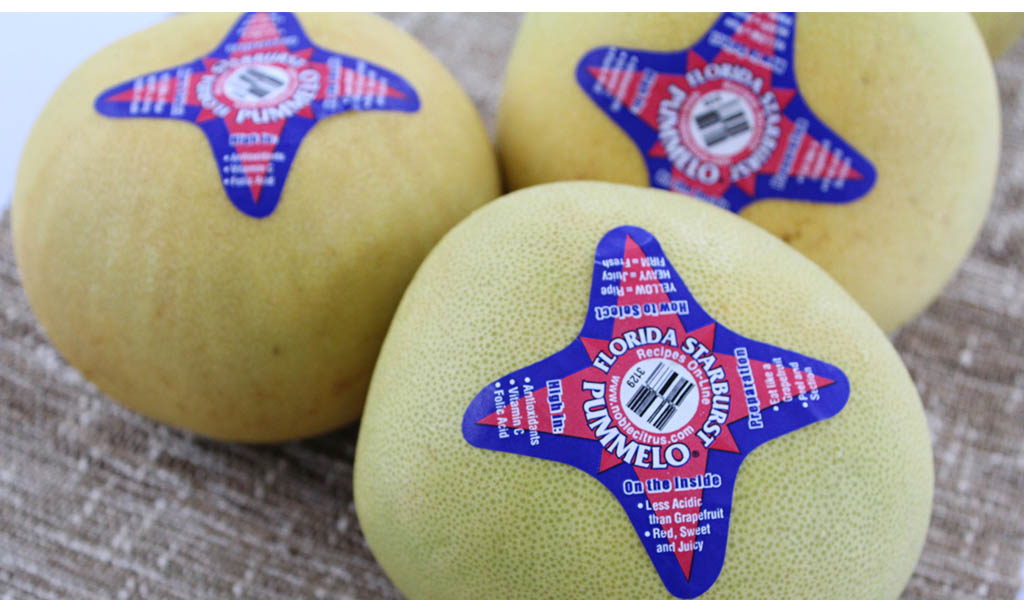
Introduction to Pummelo
The Pummelo, sometimes called shaddock (more on that later), is a citrus fruit similar to a grapefruit. The pummelo tree is native to Southeast Asia and is one of the oldest citrus fruits. The pummelo is a large fruit weighing up to 4 kg (9 lb). It has thick, leathery skin and a large, fleshy interior with seeds. The inside of the pummelo may be pink, red, or yellow and has a sweet, tart flavor.
Pummelos are widely cultivated in China, Vietnam, Thailand, and other countries in Southeast Asia. They are also grown in subtropical regions of the United States, such as Florida.
How to Select and Store a Pummelo
When selecting a pummelo, look for one that is heavy for its size and has smooth, glossy skin. Avoid pummelos with dull skin or blemishes. Pummelos can be stored at room temperature for a few days or in the refrigerator for up to two weeks.
To prepare a pummelo for eating, slice the ends of the fruit, score, and remove the skin. Peel the fruit in half and segment the flesh. You can also cut it across like a grapefruit to get the starburst design. When they open, you will smell the sweet aroma. Pummelos can be eaten alone or added to other dishes.
The Benefits of Pummelos
Pummelos, are a type of citrus fruit known for their sweetness and tartness. Although they are known for their high sweetness, the benefits of pummelos outweigh the sugar content. Pummelos are an excellent source of vitamins C and A and fiber. They also contain antioxidants and phytochemicals, which are believed to have various health benefits.
Some of the potential health benefits of pummelos include:
- boosting the immune system
- protecting against cancer
- reducing inflammation
- improving heart health
- aiding in weight loss
How to use Pummelos
Pummelos are usually quite sweet, although they can also be slightly tart. So how can you use pummelos in your cooking? Here are a few ideas:
- Add diced pummelos to a salad for a refreshing flavor-packed dish
- Use them in place of grapefruits in recipes for a sweeter taste
- Make a pummelo-based dressing or sauce as a marinade for chicken or fish
- Add them to smoothies or juices for a refreshing flavor
- Use them as a decoration for cakes or other desserts
Pummelos are a versatile fruit that can be used in various ways! Here are more ways to use pummelos every day.
Pummelo Trivia
Here are five fun facts about pummelo:
- The scientific name for pummelo is Citrus maxima.
- Pummelo is sometimes called the “shaddock” after Captain Shaddock, who introduced the fruit to the West Indies.
- Pummelo is a popular ingredient in Thai cuisine.
- The largest pummelo on record weighed in at 11 lb 13.9 oz!
- Pummelo flowers are used to make perfume because of how fragrant they are.
Conclusion
If you did not already know what the Pummelo was, hopefully, you have a better idea after reading this post. Pummelos are the tangy, citrusy fruit you need to eat this fall and winter. If you want to have the sweetest Pummelo, Noble Florida Starburst Pummelos™ are the sweetest of any Pummelo in the US. Pummelos are an exciting and delicious fruit that will add some pizazz to your diet. Give them a try today!
